A trip to Kalinga is food for the mind, body, and soul of a Filipino—a reminder of life that you never thought you needed
Exploring one’s country, at least in the eyes of a Filipino, can have three parts—beginning with the mind, situating the body, and finally, strengthening one’s soul. To put it simply, it’s how you picture the place before your arrival, what you actually see when you’re there, and why you will remember the place and its people. To one’s initial, textbook knowledge, Kalinga is a province situated in the northern part of the Philippines. It is the home of Apo Whang-Od. It is sandwiched between the provinces of Ilocos and Cagayan Valley regions. But once you set your foot in it, there begins your journey with your mind, body, and soul as a Filipino.
Opening the mind
The common notion of a tourist when one travels to the northern part of the Philippines is its cold breeze, similar to what envelopes you in Baguio City. Kalinga—Tabuk City, to be more precise—would prove you somehow otherwise.

A right balance of temperature awaits you at Naneng Heritage Village, where the water from the so-called miraculous spring and the flow of Chico River’s segment matched the warmth of the coffee laced with sugar. Every Filipino knows this—food is better with stories, and this was true with the accounts of the locals about their lives, including their inandila. Think of it as an elongated palitaw taking the shape of the tongue, coated with specks of sugar. The name is a marriage of the words ina and dila. In English, it literally means mother tongue. The name was indeed apt, for food is the first language that binds and bonds us all, acting as words when translations fail to bridge the gaps in culture, language, and identity.


inandila, in two ways
The river flowing through at the height of the mountain ranges was picturesque as it is, but you could go farther down and further take in the scenery with all its might. “Welcome to Kalinga,” it seemed to speak with a steady subtle blow of the wind.

Matter over mind
As travelers, we find ourselves having notions of the world that we are about to discover. From preconceived ideas to accounts, these serve as lenses that we wear to know what to expect from the places and the people we are about to see. But sometimes, a place is best discovered without those glasses. See the country as it is. Take a closer look and find our own story to share to those who want to hear our own experiences.
In Naneng, MEGA, along with other esteemed members of our trip that included Apples Aberin, Mark Bumgarner, Marga Cortez, Avel Bacudio, and more, also witnessed an actual weaver in the flesh—Dezeree Amlaka. During the introductory demonstration, she explained that a diamond shape could mean opulence to a buyer, adding a higher status of sorts to the product.
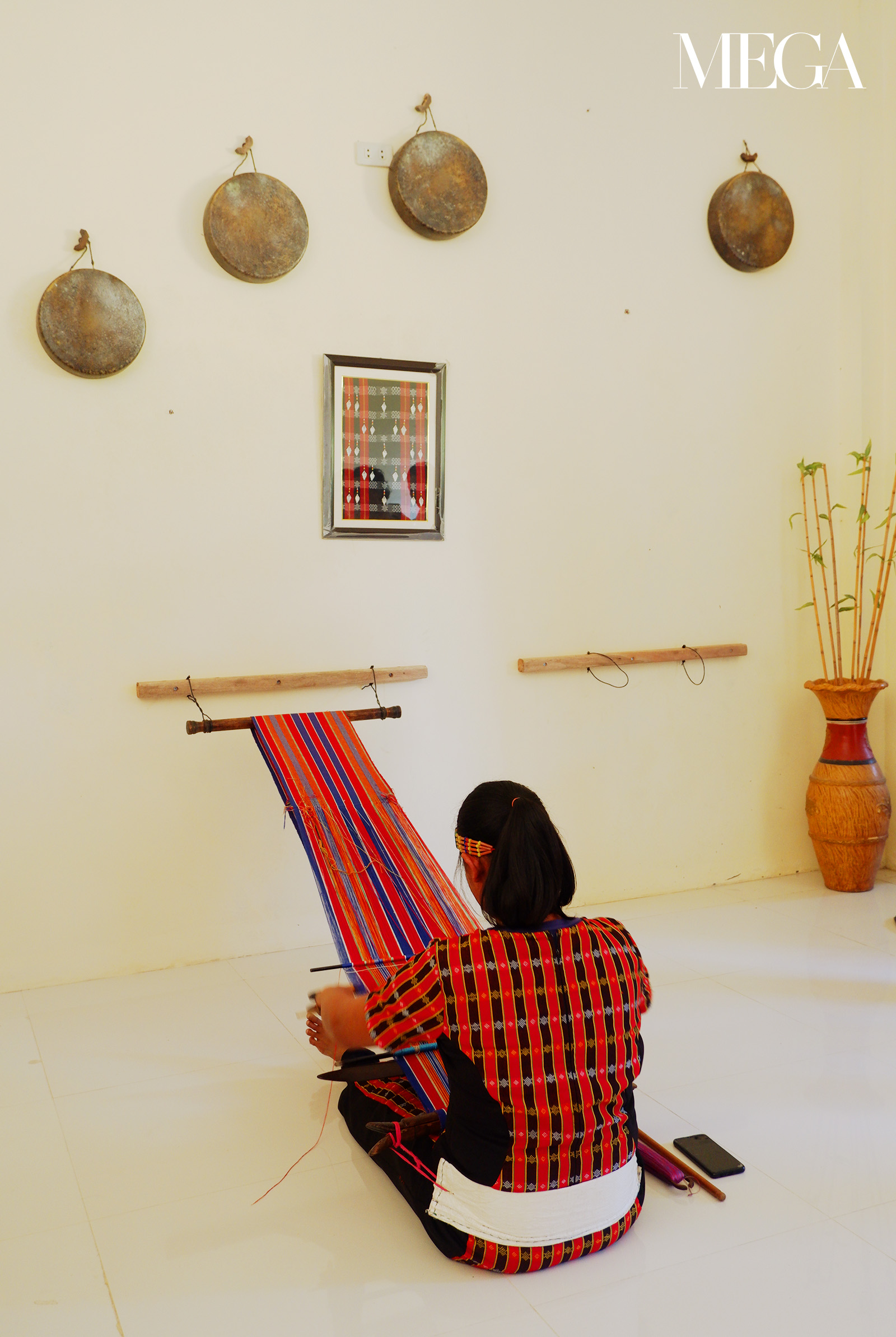
As we ended the first day with a 45-minute drive back to the hotel, it would be remiss to just close our eyes and not take a closer look at the Chico River. So, we found ourselves stopping at the side of the road, going down the bus, and taking mental and actual images of this view—a wonderful welcome to this part of the North.
Awakening the body
Our second day started with a long ride to Lubuagan. With its rich history and culture, it was no surprise that the municipality was once declared by General Emilio Aguinaldo as the capital of Kalinga for 73 days. It was also where he celebrated his 31st birthday. Across the town hall, mounted stalls of woven products were ready for our perusal and purchase. Designers Mark Bumgarner and Avel Bacudio marveled at the possible iterations of the array of patterns awaiting them. Meanwhile, the rest of the group had their eyes on skirts, headbands, vests, and even fabrics.


The Awichon Cultural Village, which was situated at the mountain plateau in Lubuagan, was our last stop for the whole tour. We were greeted by a closer look of the Cordillera mountains at the entrance, with a shaded pathway leading to the actual village of houses for visitors. Our lunch was an exhibition of Pasil’s slow food process, with different dishes ready for our taking. The heirloom rice had a distinct tenderness to it when you taste it, without the excessively soft grains easily melting into your tongue. Palayoks of viands with a shared element of beans and soup satisfied our stomachs. To say the least, there really was truly magic in slow cooking. The gentle spread of rising temperature in food elevated its flavor and changed its texture, as what we’ve observed from the Kalinga brewed coffee down to the saging na saba and nilugmok na katila.
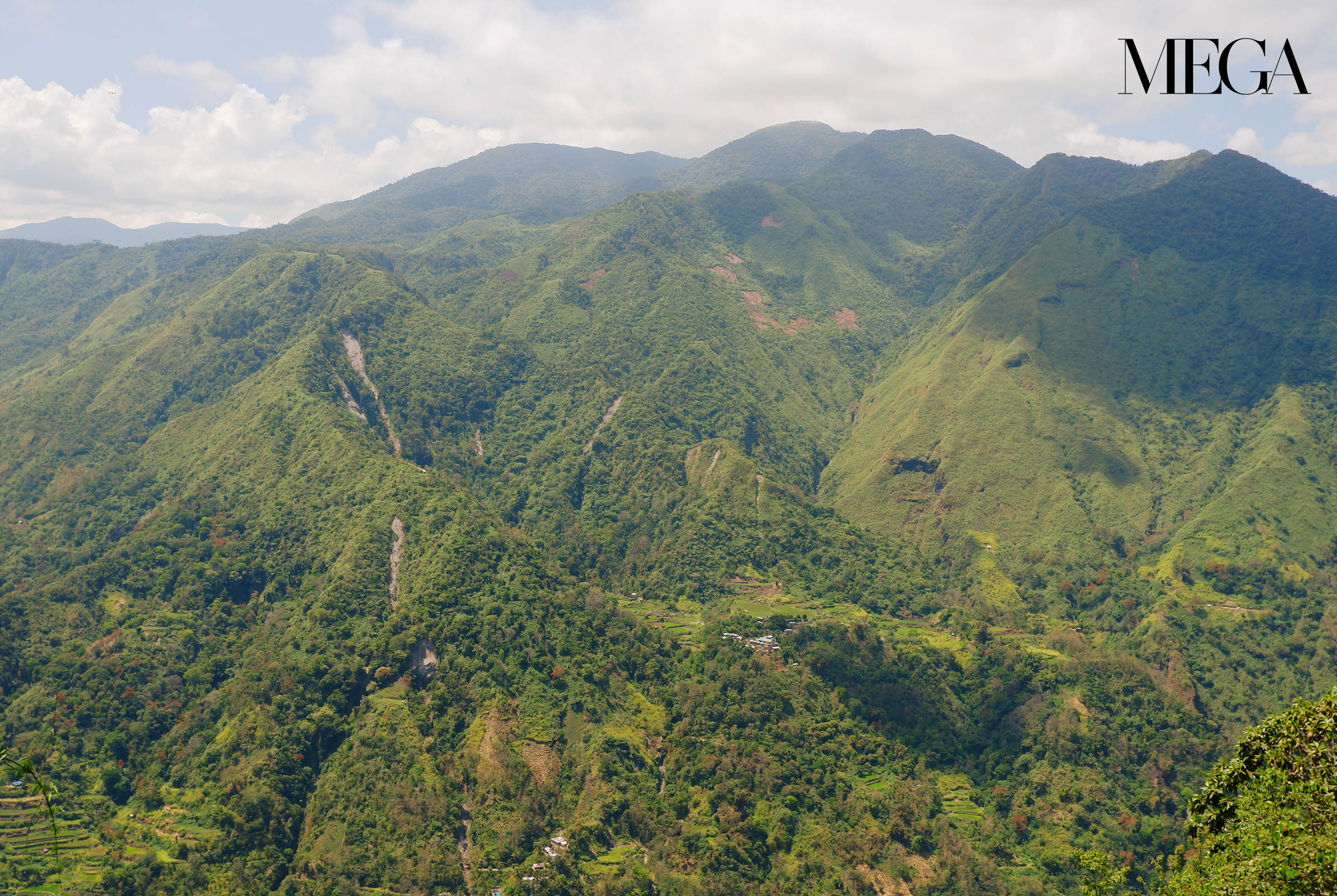
After our hearty lunch, we dressed up in our borrowed cultural wear and finally tried out the ritual dances of Kalinga. Whether the moves were for courtship or bountiful harvest, there was always the stretched use of arms and the small, intricate movements of the feet.
With Kalinga’s mountains watching us, we experienced its copious culture from our mouths down to our toes. The energy of the highlands struck different parts of our body like the gongs that accompanied the movements, hitting us with the richness of their culture. It awakened us with the realization that we are mere visitors. Their own history and identity should not be ours for the taking. The offer to participate stands, but not for appropriation nor advantage. It was as simple as to understand and respect the truth that while we live in the same country, our realities are different. Where do we meet halfway? Maybe it is when we are all living in true respect, peace, and social justice.

Weaving of souls
A personal highlight of this trip was the houses we visited in the barangay of Mabilong. After climbing flights of stairs, we reached the first house where Nanay Cecilia Awing demonstrated her long weaving process. By now, the craft has been embedded in her system after doing it for two-thirds of her life—40 years to be exact. Weaving took a lot of precision and presence of mind for the intricacy of the design. To her and the other weavers, remembering came in the form of technique from muscle memory. The looms were already extensions of their hands. If only the reds, yellows, blues, white, and blacks of history were ingrained and woven in our minds this way; we, too, will not forget. It will be a basic instinct to protect our land and our people from corrupt intentions.
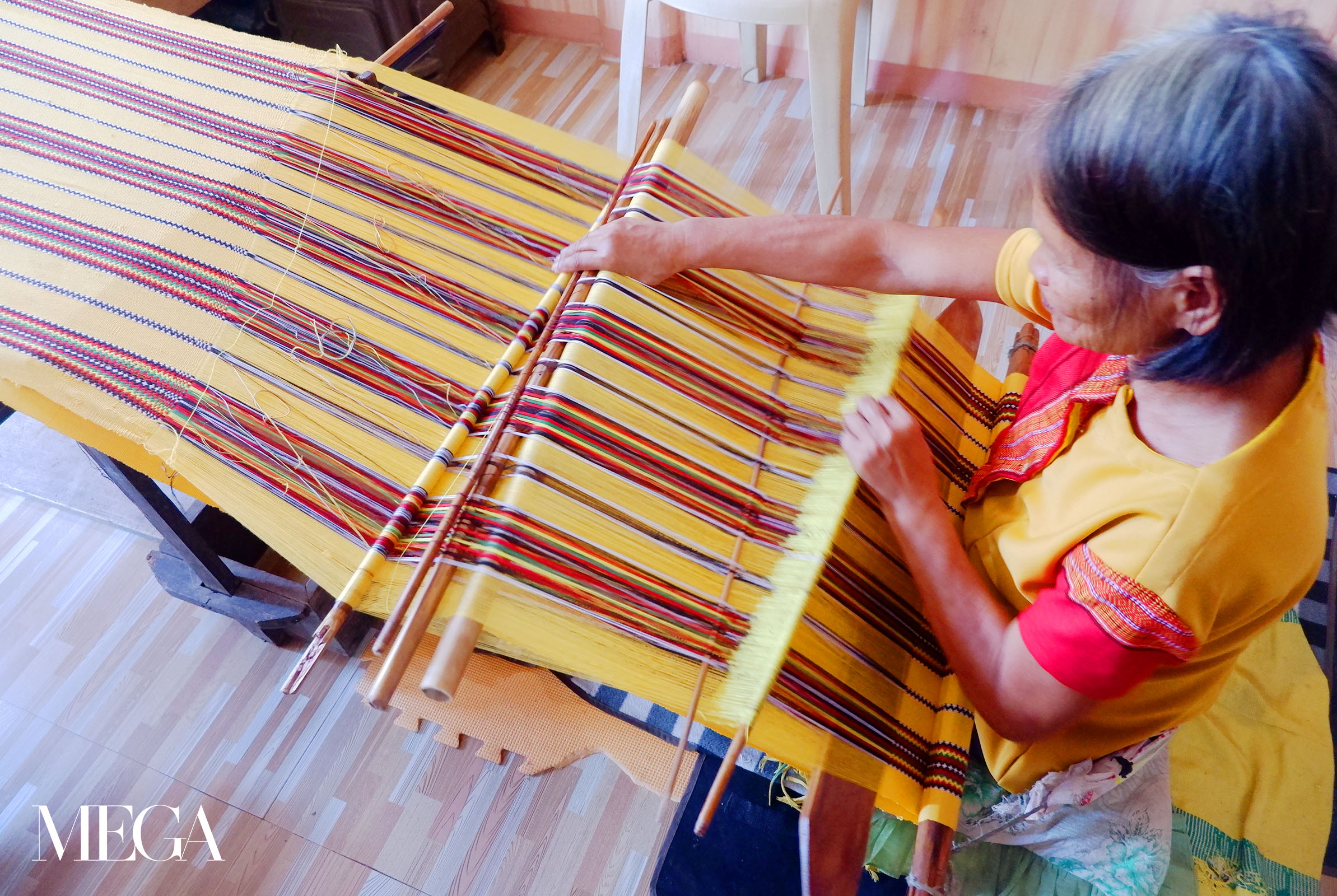
In another part of the community, we also met Nanay Pacita Cawi who has been weaving for 54 years, starting at the age of 14. She is one of the five members of Mabilong who could weave a special pattern called bilallikted. The squared geometric repetitions were visible on both sides, with an illusion of no back and front of the fabric. A red ka-in, or a wrap-around skirt, which hosted this pattern called for me. At that moment, I knew it would be a lifelong regret not to take home this piece. The women with Nanay Pacita assured me that the skirt could be worn anywhere and anytime. Donning it casually was not an act of disrespect to them. Of course, it’s alway better to be safe than sorry; hence, the inquiry.

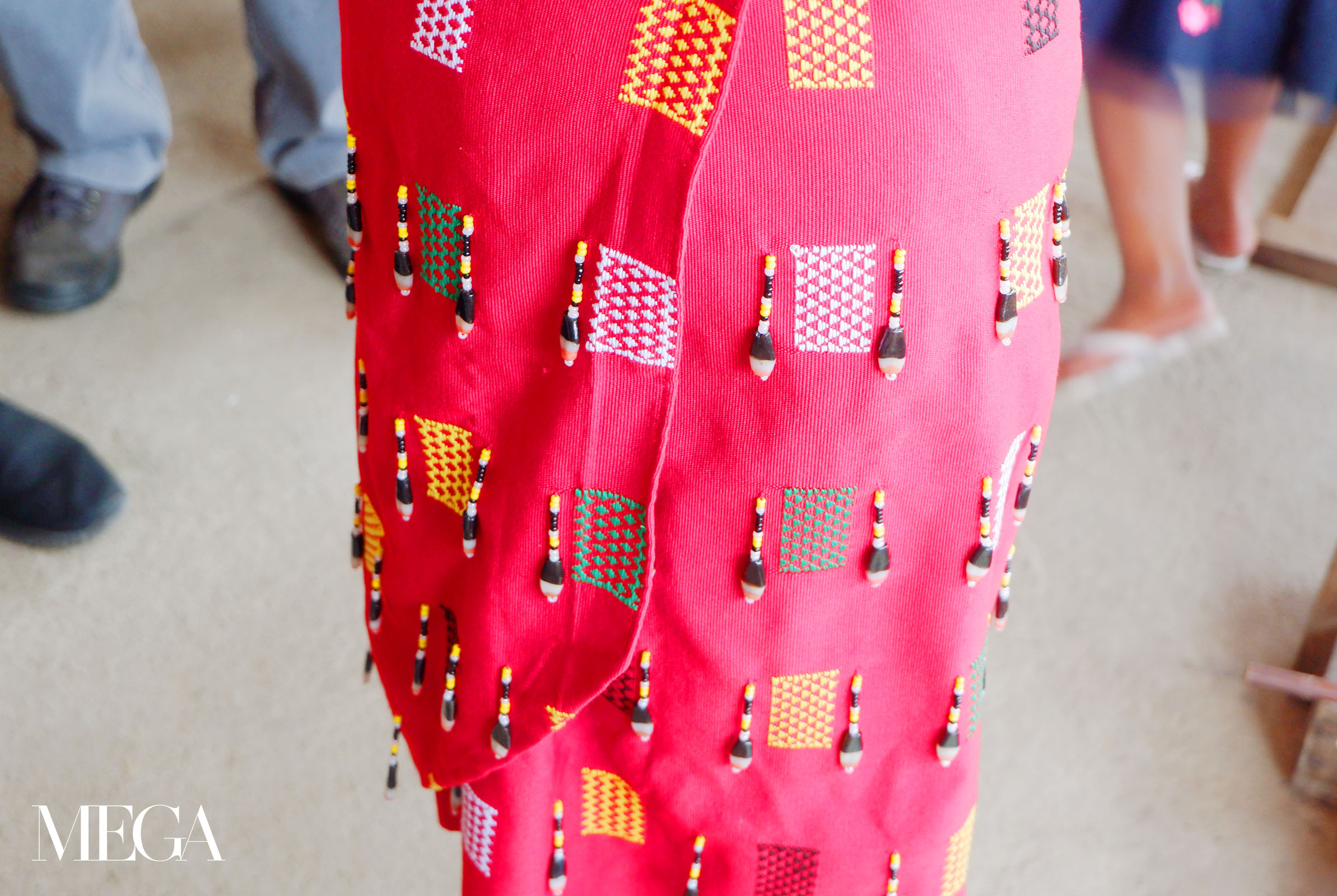
We all have our reasons for going places, and sometimes, finding a deeper connection to a land or its people is one of them. It is a simple case of finding ourselves as much as we are finding others. In Kalinga, the mountains will call your mind to discover traditions, move your body to the sound of nature, and weave your soul into the community. When you pay a visit, may you never forget that you are responsible for tending the soil of Kalinga as you are for the strengthening of your soul as a Filipino. After all, the only difference between soil and soul are two letters—u and i.
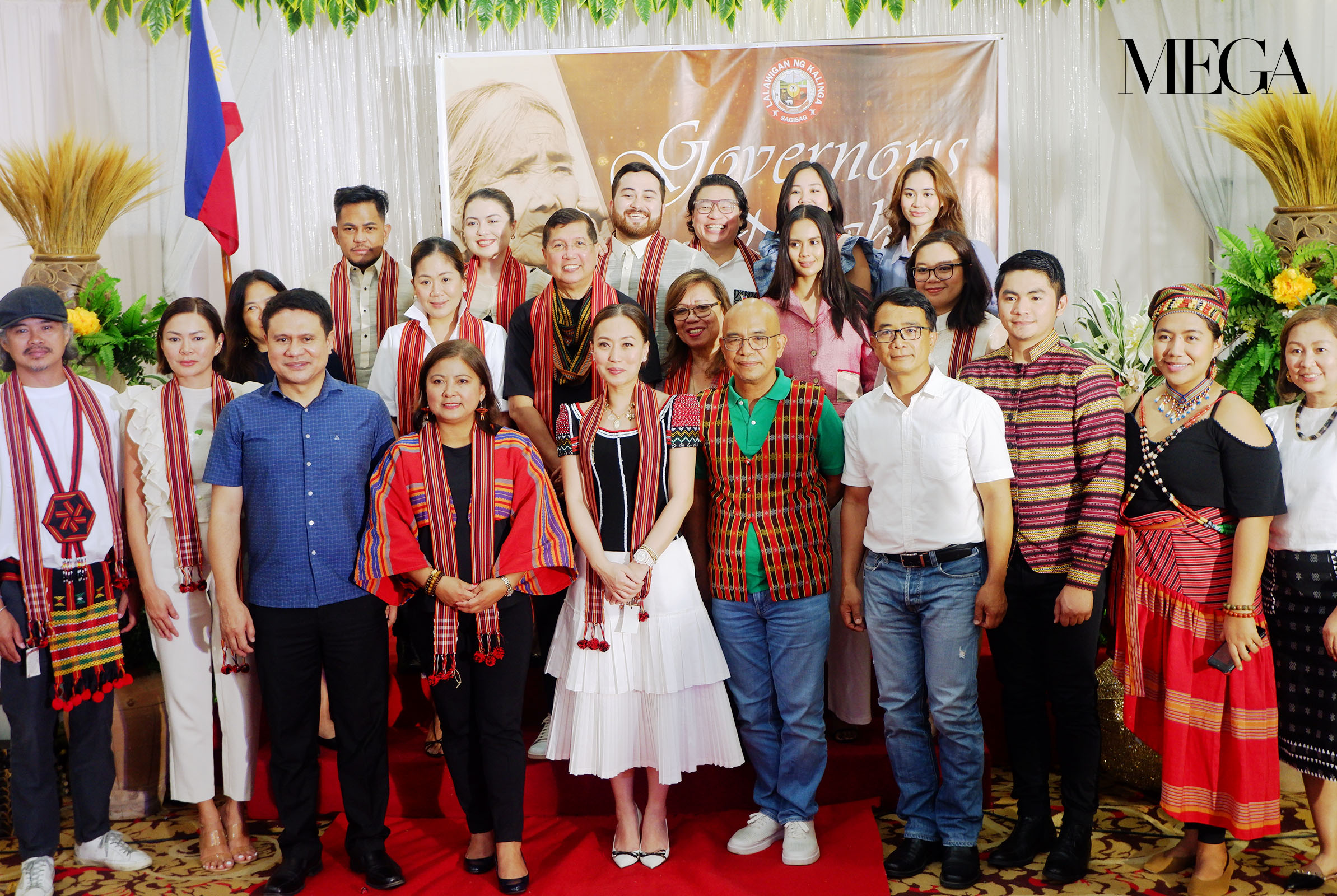
Special thanks to MARGA MONTEMAYOR NOGRALES, APPLES ABERIN, and ALBERTO GADIA of the TOURISM PROMOTIONS BOARD










